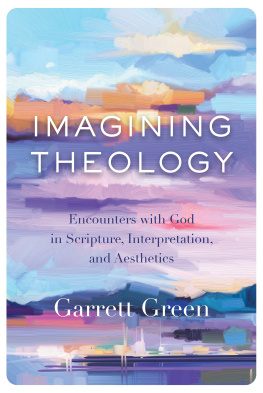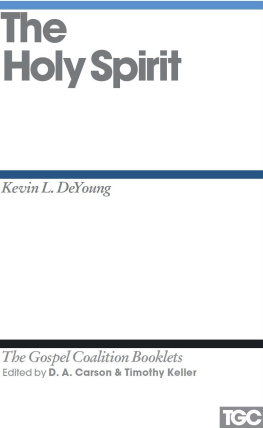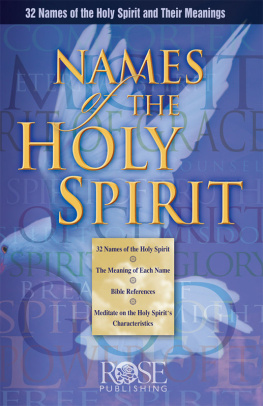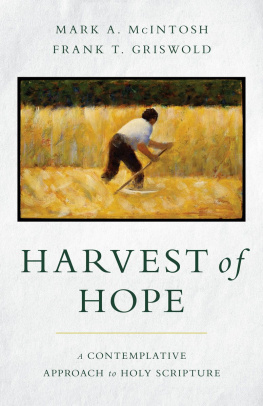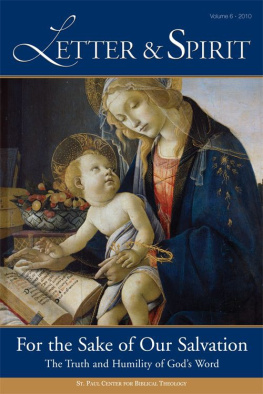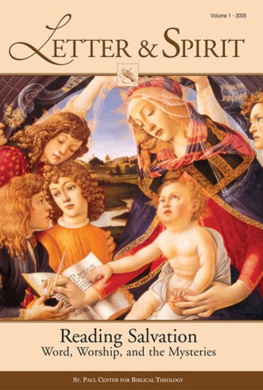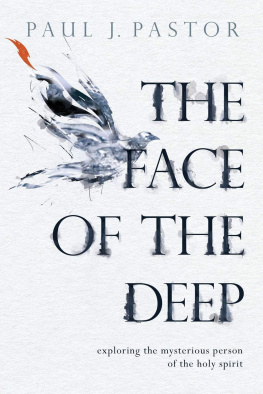To the inmates of the Church Inside the Walls at the Radgowski Correctional Institution, my companions on the Way
Contents
Cover
Half Title Page
Title Page
Copyright Page
Dedication
Acknowledgments
1. Toward a Normative Christian Imagination
Part 1: Imagination and Theological Hermeneutics
2. Myth, History, and Imagination: The Creation Narratives in the Bible and Theology
3. Whos Afraid of Ludwig Feuerbach? Suspicion and the Religious Imagination
4. The Crisis of Mainline Christianity and the Liberal Failure of Imagination
5. Hans Frei and the Hermeneutics of the Second Navet
Part 2: Metaphor, Aesthetics, and Gender
6. The Mirror, the Lamp, and the Lens: On the Limits of Imagination
7. Barth on Beauty: The Ambivalence of Reformed Aesthetics
8. The Gender of God and the Theology of Metaphor
Part 3: Modernity and Eschatology in Christian Imagination
9. The Adulthood of the Modern Age: Hamanns Critique of Kantian Enlightenment
10. Kant as Christian Apologist: The Failure of Accommodationist Theology
12. The Eschatological Imagination
Part 4: Theology of Religion and the Religions
13. The Myth of Religion: How to Think Christianly in a Secular World
14. Pluralism and the Religious Imagination
15. Imaginary Gods and the Anonymous Christ
Part 5: Conclusion
16. Christian Theology in a Post-Christian Age
Credits
Index
Cover Flaps
Back Cover
Acknowledgments
H ow does one acknowledge those who have provided support and inspiration throughout a whole career of teaching and writing theology? I could begin at the beginning with gratitude to my Doktorvater , Hans W. Frei, who remained a source of friendship, advice, and encouragement until his death in 1988. His legacy is evident in many places in this book, especially chapter 5. Or I could begin in the present with thanks to my editor at Baker Academic, R. David Nelson, who believed in this project from the outset and helped me mold and focus it into a real book. Without his insightful guidance, it might never have seen the light of day. Our mutual friend Joseph Mangina introduced us and has also supported me personally and academically over many years, through conversations, advice, and his own contributions to Christian theology. Two scholarly societies of which I am a memberthe New Haven Theological Discussion Group and the Duodecim Theological Societyhave provided me with ongoing opportunities to hear the work in progress of other scholars and on occasion to try out my own ideas before an audience of sympathetic experts.
Equally deserving of acknowledgment are others outside the world of academic theology. They include members of the various churches of which I have been a part, especially Crossroads Presbyterian Church and Bishop Seabury Anglican Church, as well as the incarcerated Christians to whom this book is dedicated. Without being aware of the help they were giving me, these fellow believers have kept my academic work grounded in the corporate worship and fellowship of the body of Christ.
Finally, at the most personal level, I must acknowledge the ongoing love and support of my wife, Priscilla, which has accompanied and undergirded all my work. She has also contributed concretely to this book (and everything else I have written) through her skillful editing of my prose, as only an experienced English teacher could have done, saving me from many a grammatical or stylistic stumble.
Toward a Normative Christian Imagination
T heologians have long been occupied with the question of how human beings can know God. Since the European Enlightenment, however, this question has assumed a new and more urgent form. For the Enlightenment inaugurated a radical change of worldview, beginning in seventeenth-century Europe and spreading eventually to the entire world. The factors leading to this change are many and complex, with the earth at its center, had dominated classical and Christian thought for two millennia. It is no accident that the opening battle in the modern war between science and religion was provoked by Galileos work. And the controversy has continued to this day: questions about science and religion still occasion widespread interest and heated debates among believers, skeptics, and the general public.
The worldview of the new science truly came of age with the epochal achievement of Isaac Newton (16421727), whose Mathematical Principles of Natural Philosophy appeared in 1687. According to Newtons system, the universe consists of an infinite expanse of space containing material bodies that move in accordance with universal laws that can be described in the language of mathematics, the lingua franca of modern science. This view of the world, unlike the one it replaced, is in principle fully accessible to the natural capabilities of human reason. The theological implication of this new worldview is epitomized in an exchange (perhaps apocryphal) between Napoleon and his former teacher, the mathematician and astronomer Pierre-Simon Laplace. The emperor, having been told that Laplaces book contained no mention of the Creator, asked him, Where is God in your system of the universe? Laplace is said to have answered, Sire, we have no need for that hypothesis. The scientific account, by offering an explanation of the world devoid of theological grounding, thereby called into question not only the authority of the church but the truth of Christianity itself.
The antithesis of science and religion runs like a scarlet thread through the history of modern thought from its origins in the new science of seventeenth-century Europe to the global secularism of the twenty-first century. It has captured the imagination of most of the technologically advanced societies of today and seems poised to overwhelm the remaining traditional backwaters that continue to resist its advance. The scare quotes around the two central terms call attention to the way in which our notions of both science and religion, especially in their perceived incompatibility, have been shapedand distortedby the very forces that drive the advance of modern culture. If Christian theology is to escape this intellectual and cultural deluge, it will be necessary to deconstruct and demystify the mythical story of how science has displaced religion as the privileged key to understanding the world today. Only as we are able to see how the advocates of each side have misunderstood both themselves and one another can we regain our cultural bearings and form a truer picture of how modernity has shaped our world. And only then can theology begin to correct the misperceptions of the past and chart a better path forward.

